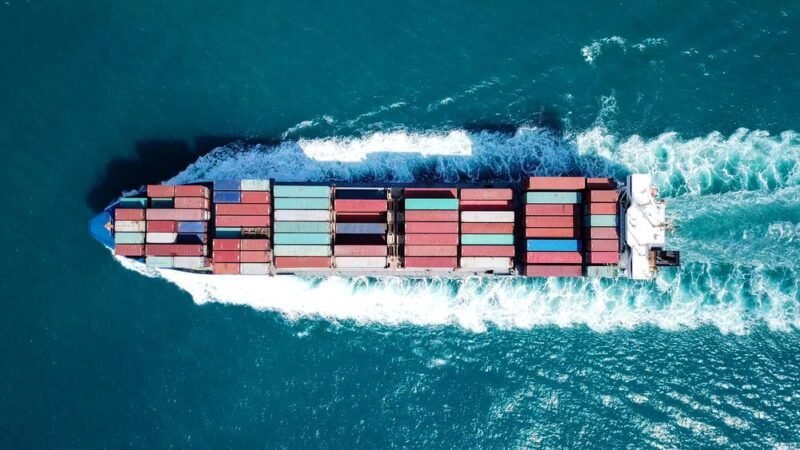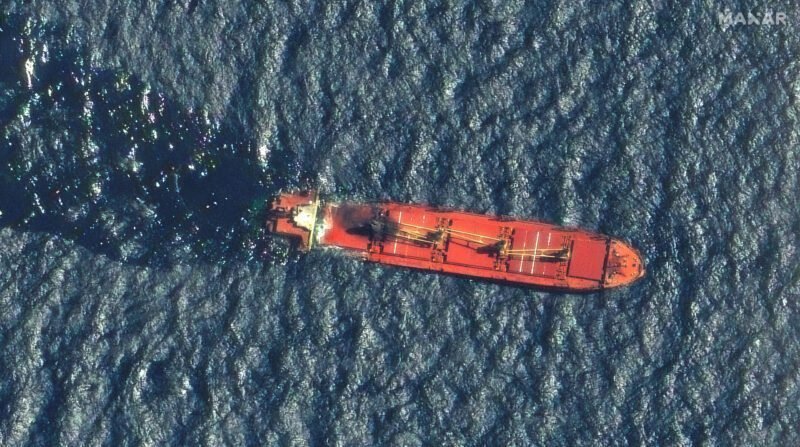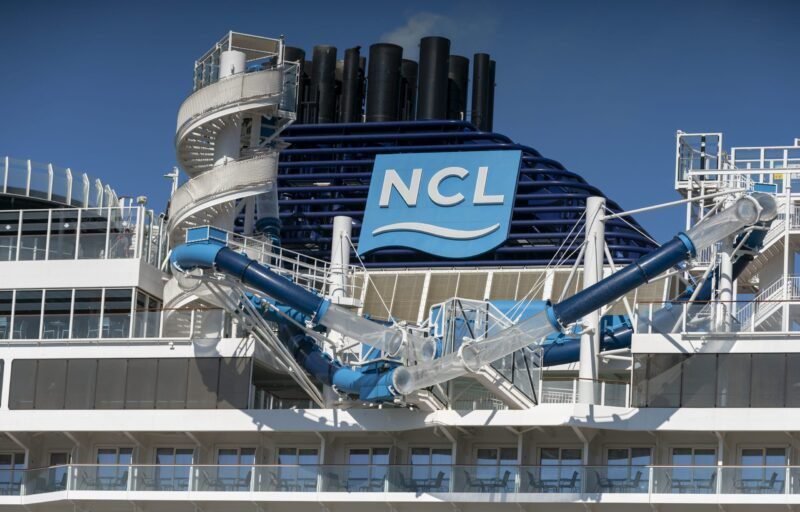HSBC Global Research warns that the ongoing crisis in the Red Sea could lead to port congestion and equipment shortages, potentially causing shipping schedules to become uncertain. These challenges could be worsened by the upcoming Chinese New Year. If the crisis continues, spot prices could rise further, leading to higher contract rates as shipping companies negotiate their annual contracts with retailers. The industry is growing increasingly concerned as Shanghai container freight rates reached their highest level since October 2022, with spot rates on other routes also on the rise following the crisis. The situation in the Red Sea has led to most container lines rerouting their ships around the Cape of Good Hope, potentially causing shippers to consider alternative options such as air freight or rail.
The ongoing crisis in the Red Sea has led to warnings from HSBC Global Research of potential port congestion and equipment shortages, along with uncertain shipping schedules. The upcoming Chinese New Year could exacerbate these challenges. There are concerns that if the crisis continues, spot prices could rise even further, leading to higher contract rates as shipping companies negotiate their annual contracts with retailers. Shanghai container freight rates are at their highest level since October 2022, with rates on other routes also on the rise following the crisis. Most container lines have rerouted their ships around the Cape of Good Hope, potentially leading shippers to consider alternative options such as air freight or rail.
The situation in the Red Sea has led to warnings from HSBC Global Research of potential port congestion and equipment shortages, along with uncertain shipping schedules. There is concern that if the crisis continues, spot prices could rise even further, leading to higher contract rates as shipping companies negotiate their annual contracts with retailers. Shanghai container freight rates are at their highest level since October 2022, with rates on other routes also on the rise following the crisis. Most container lines have rerouted their ships around the Cape of Good Hope, potentially leading shippers to consider alternative options such as air freight or rail.


















